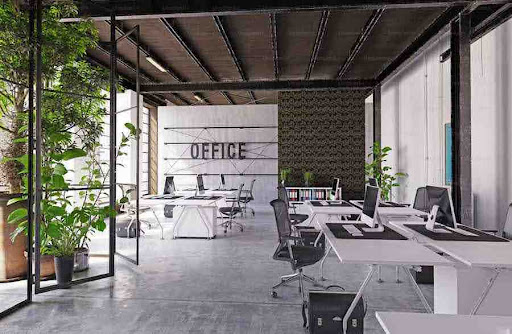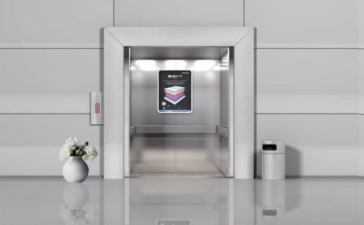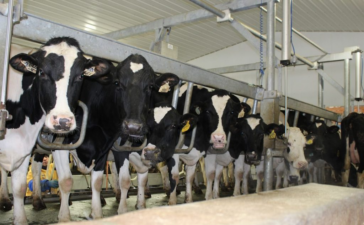Sustainability is no longer an option – this is a responsibility. In today’s corporate landscape, businesses are rapidly known about their environmental footprint. Sustainable office design has emerged as a strategic way to mix functionality, aesthetics and ecological consciousness. By integrating environmentally friendly materials and mindful practices in the interiors of their office, companies not only reduce their effects on the planet, but also create a healthy, more productive environment for employees. A forward-curbing interior designing company in Gurgaon can help you bring this vision into life with innovation and intentions.
Eco-Friendly Materials: Building with Responsibility
One of the main principles of permanent design is to select materials that are responsibly citrus, recycled or biodegradable. FSC-superstitious wood, bamboo, cork, or option for far away wood not only ensure stability, but also adds a natural and warm touch to the interiors. Recycled steel, renovated glass panels, and low-VOC paint and adhesive are becoming popular in the green office environment, which contributes to better air quality and environmental damage.
Flooring options also play an important role – moral linoleum, recycled rubber tiles, or carpet tiles made from rehearsed fibers are excellent choices for traditional synthetic materials. These selections do not look only good; They align your location with a global goal of reducing carbon emissions and landfill waste.
Maximizing Natural Light and Reducing Energy Consumption
Using natural light is a fundamental aspect of permanent office design. Strategically placed near windows, transparent partitions and light colored surfaces help to distribute sunlight throughout the space, reducing the requirement of artificial light throughout the day. This practice significantly reduces energy consumption, promoting the employee’s mood and productivity.
For artificial lighting, LED fixtures are Go-Two options. They live longer, use low energy, and generate less heat than traditional lighting. Motion sensors and daylight harvesting systems can automate light use based on buoyancy and natural light availability, which can ensure efficiency without renouncing comfort. Similarly, investing in energy-efficient devices-like star-remed HVAC systems, and low-power computer-helps operations and utility bills are low.
Water Conservation and Indoor Air Quality
Sustainable design also addresses two-time-unseen aspects: water use and indoor air health. Installing low-flowing taps, double-flush toilets and waterless urinals in the toilet of the office can reduce daily water consumption.
To maintain excellent indoor air quality, it is necessary to use materials that emit less or zero volatile organic compounds (VOCs). Not only improves aesthetics, including indoor plants, but naturally purifies the air, removes toxins and increases oxygen levels. Ventilation systems with Hepa filters and CO2 monitors also ensure a healthy indoor environment, especially in office setup with high density.
Modular Furniture and Minimalist Design Philosophy
Embracing a minimum, modular design approach provides both environment and operational benefits. Modular furniture systems are often made from durable materials and can be easily re -configured as teams grow or workstyle develops, which reduces frequent replacement requirements. This flexibility reduces waste and supports longevity.
Minimalist Office Design also deliberately promotes – using low materials, reducing chaos, and focusing on clean, functional aesthetics. By adopting the “less high” philosophy, businesses can reduce their resource consumption by promoting a quiet, organized workpiece that supports productivity.
Waste Reduction Through Smart Planning and Recycling
The designing drawing starts with a decrease in meditation. Planning layouts avoiding material waste, selecting reusable components, and installing waste separation compartments, offices can significantly reduce their landfill contribution. Partnership with vendors and contractors following green practices ensures each stage of the internal design process – from demolition to installation – is executed with stability in the mind. In breakout rooms and cafeteria, providing re -appropriate dishes and establishing fertilizer solutions further strengthens the company’s environmental commitment.
Conclusion: A Smarter, Greener Workspace Future
Sustainable office design is a long -term investment in both environment and organisation. It improves indoor health, reduces operating costs, and reflects the commitment of a brand for responsible development. With the correct mix of materials, energy-saving technologies, and thoughtful schemes, even the most modern office interior design can be transformed into a model of stability.
As business develops, the emphasis on green design will only be strong. Aligned with permanent practices, companies are in position for long -term relevance, respect and flexibility in today’s competitive scenario.





